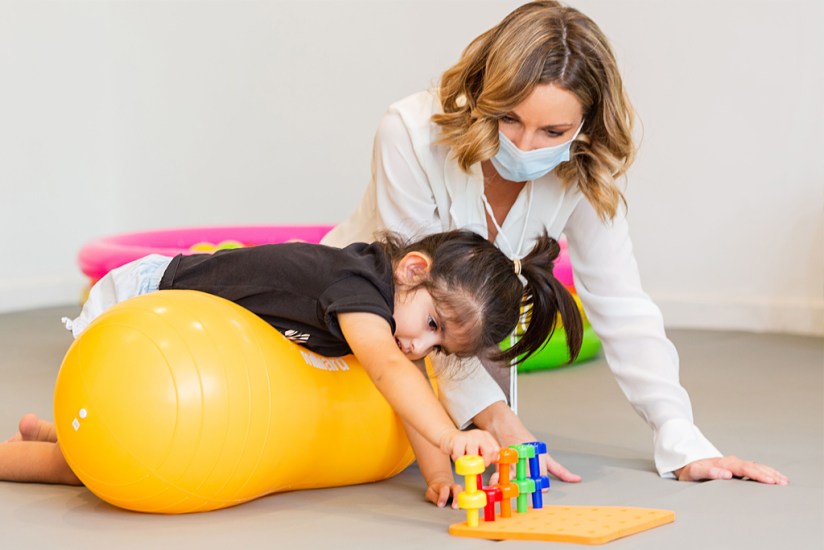
Reflexes are automatic, non-voluntary movements directed from the brainstem for the purpose of defense and survival. For newborn babies, primitive reflexes are essential in allowing the body to develop properly.
Primitive reflexes are basic movement responses present after birth in early child development that facilitate survival. They are crucial for an advanced level motor and intellectual capabilities. These reflexes are supposed to be integrated in a normal child during the first two years in a process called “reflex integration”.
Reflex integration is essential for the child’s body in order to develop motor control or voluntary movements. This process may be affected by neurological diseases leading to development delay related to disorders like ADHD, sensory processing disorder, autism, and learning disabilities.
Integrated primitive reflexes contribute to issues such as coordination, sensory perceptions, fine motor skills, balance, sleep, immunity, impulse control, energy levels, concentration, and all levels of social, emotional, and academic learning.
Common types of primitive reflexes
Asymmetric tonic neck reflex (ATNR). This reflex is crucial for a child’s vestibular system development and needs 6 months to integrate. Retained ATNR may result in hand movement difficulties especially to the mouth and the middle of the body. Moreover, hand-eye coordination disorders will arise.
A common activity that has beneficial effects for ATNR is the Ant’s marching activity. That includes holding the arms in a certain position while marching in place and looking to both sides.
Symmetrical Tonic Neck Reflex (STNR). Without this reflex, a child will not be able to sit down and usually integrates when the child is 9-11 months old. Retained STNR will result in defects in the right-left body coordination, reduce the baby’s endurance, hinder in the baby’s ability to sit normally, and reading/writing difficulties. Helpful activities include some yoga poses and somersaults.
Tonic Labyrinthine Reflex (TLR). TLR integrates during 3.5 years of age. It helps the child to roll over and counteracts the gravity. Defected TLR leads to fatigue, toe walking, weakness, improper posture, and balance difficulties.
Windmill exercise and superman pose are helpful activities to improve this reflex.
Spinal Galant reflex (SGR). SGR is responsible for walking and crawling, improving movement, and the range of motion in hips. It’s usually integrated by the first year of age. Retained SGR results in difficulty in following instructions, bed-wetting, attention disorders, and strongly uncomfortable wearing tight clothes particularly around the hip.
Useful activities may include balance games, criss-cross setting mode, and core strengthening activities.
Occupational therapy and retained reflexes
Occupational therapy will help your child with sounds, textures, lights, handwriting, attention and memory, and increasing desired behaviors.
Our occupational therapist will work to integrate sensory input and strengthen motor skills through a couple of activities that are designed to improve balance, body coordination, and stability, and strengthen core muscle, as well as increase muscle tone so a child can react more quickly. Some of these activities include vestibular exercises, Vision exercises, balance activities, and Gait training.


